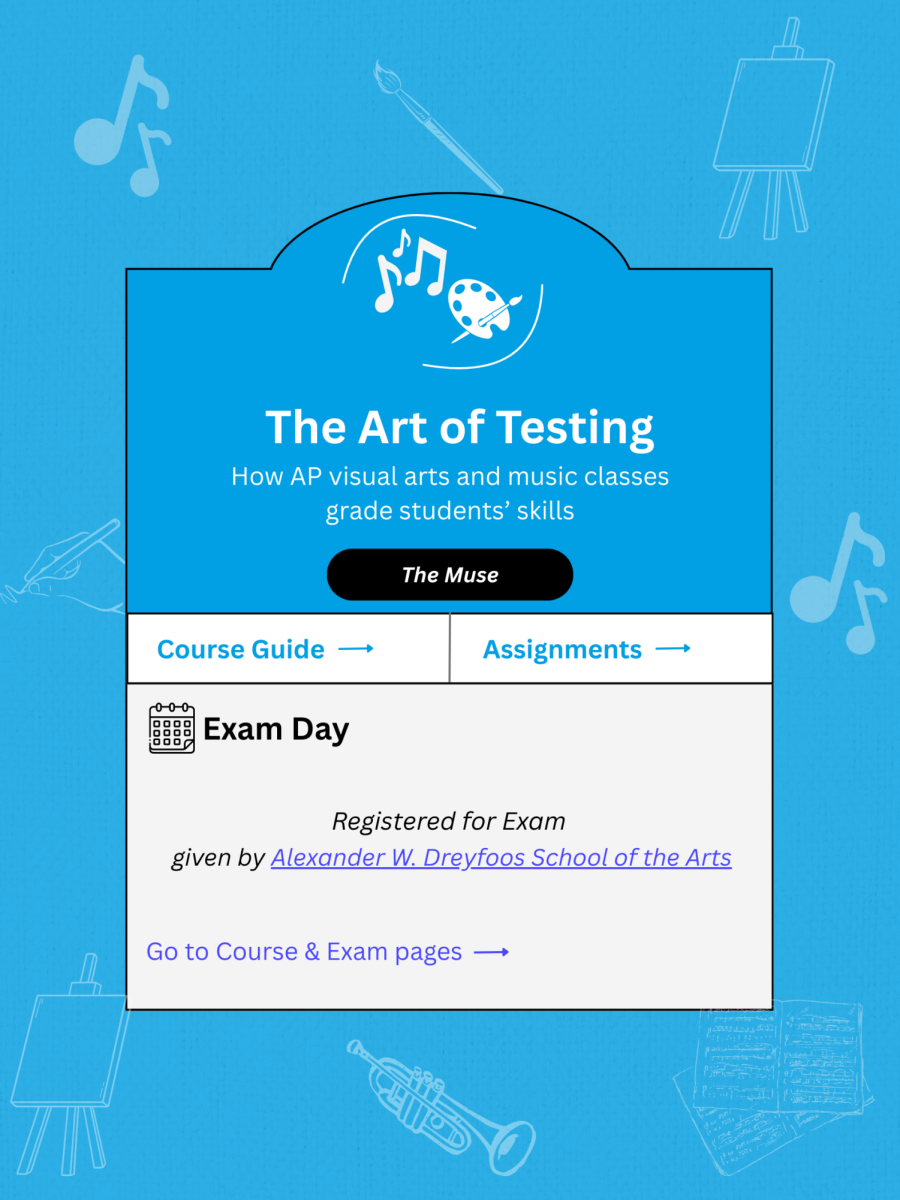‘Test Thursdays’ Test Students’ Patience
Seven periods crammed into one day – a dreaded day that leaves students exhausted as they repeatedly walk up three flights of stairs. It seems that not a single person on campus likes all-days. This day is made worse for students, if even possible, because it seems that teachers around campus have an unofficial policy of “Test Thursdays.” Although the periods are cut down significantly, tests are often given, forcing huge workloads on Wednesday nights for students.
Administration asks teachers not to assign tests and quizzes on Thursdays.
“We have an unofficial policy of asking teachers not to all give tests on Thursdays,” Assistant Principal George Miller said. “It complicates the day of the student, teacher, and administrator.”
However, this “no test” policy doesn’t seem to be working.
“Since I’ve worked here, we’ve always had the problem of too many tests on all-days,” Mr. Miller said.
The problem with tests on all-days is two-fold. First, time constraints often force students to race against the clock, running out of time and leaving answers blank – problems they know they can do, but just do not have the time for. This time problem also affects teachers, forcing them to cut necessary content and not go in-depth into skills needed later. Since so many tests occur on Thursdays, students are forced to study late into Wednesday nights, sometimes staying up until sunrise.
“All-day tests can be stressful because of the unusual time constraint,” piano junior Natalie Shteiman said. “It’s hard to prioritize which tests are more [or] less important to study for. I think all-days are used best when there is a test the next class and the teacher needs to quickly review or students can ask a few questions to clear up some of the material since it is a shorter class. “
Having multiple tests on the same day overwhelms a teenager’s already stressed mind, forcing them to cope with multiple tests and aching calves throughout the brutal, but seemingly shorter day.
Some teachers understand students’ plight, and change lesson plans to accommodate for concerns.
“I try to schedule activities or labs on Thursdays, usually never tests,” science teacher Marilynn Howard said. “My tests are too long to put in a 50-minute block. If I do tests, I ask the class if they have a lot of tests that day. If they do, I’ll move it to a different time.”
However, teachers do not assign tests on Thursday just to spite students – there are multiple reasons why tests often occur on all days.
“It’s simple. Teachers don’t have time to put a quality lesson within a 50-minute block, so they schedule tests,” school counselor Mark Carson said.
By scheduling tests within the same day, teachers can minimize cheating through the sharing of answers and promote a healthier academic environment. In some situations, Test Thursdays are actually more time-efficient than tests on other days. Fifty minutes is not enough time to teach full lessons, especially considering the warm-up and wind-down times during every period. As a result, having 50-minute testing periods is more efficient because teachers can easily tailor tests to time constraints, while lessons are much harder to shorten. When teachers break lessons up, students often forget material from the day or two before, hurting understanding and also hurting students’ ability to see the big picture of the lecture.
Many students wonder why there are all-days.
“All-days are used to standardize schedules for artists-in-residences. They usually have other jobs, so it is better for them if the days they come in are always the same days every single week,” Mr. Miller said.
However, there are some solutions.
“We could just replace the all day with an alternating Odd/Even day. It would keep the schedule standardized and eliminate all days completely,” Mrs. Howard said.
For now though, students will have to deal with the dreaded seven-period day.
Your donation will support the student journalists of Dreyfoos School of the Arts. Your contribution will allow us to purchase equipment and cover our annual website hosting costs.






















































